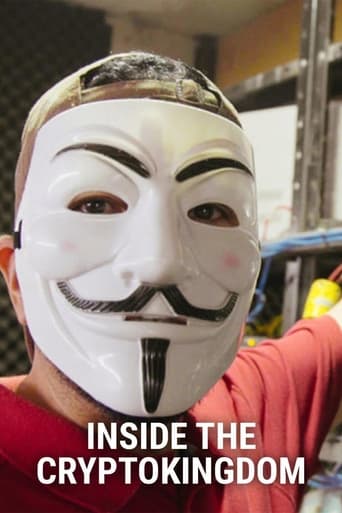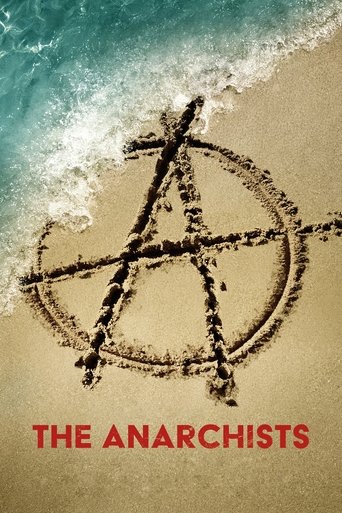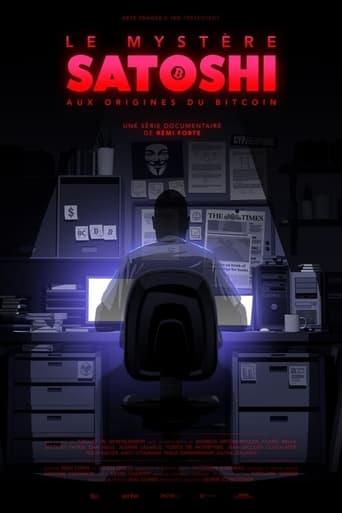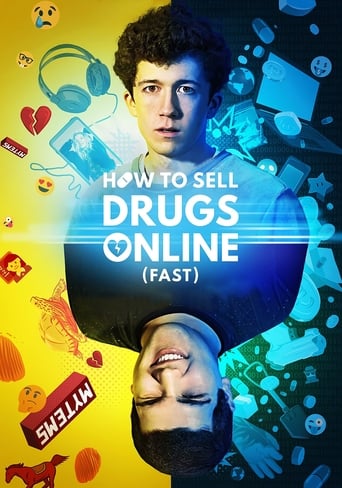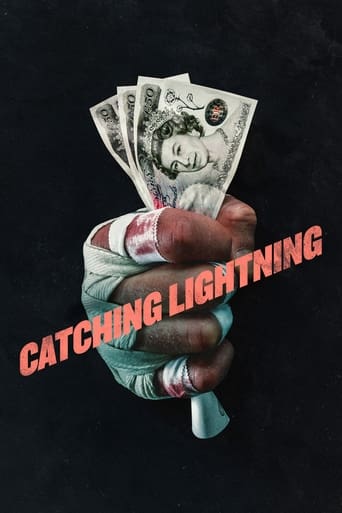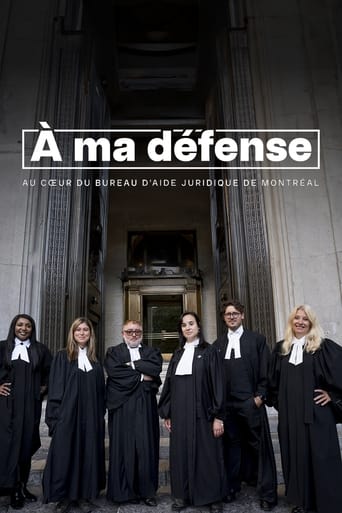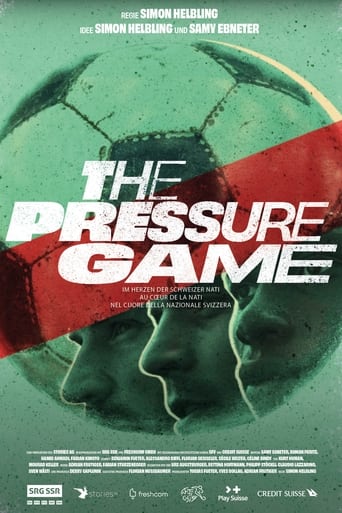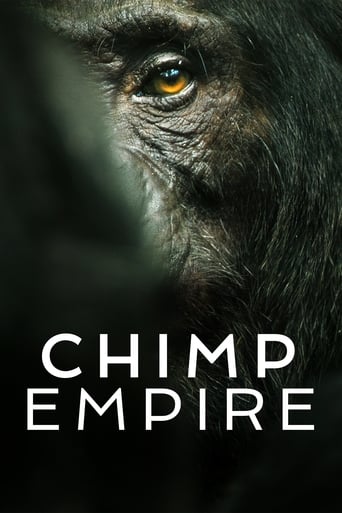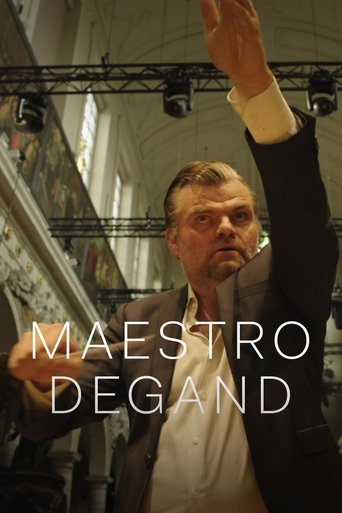
Rating:
10/10 by 1 users
To The Moon (2019)
Max and Stacy take you on an exciting journey TO THE MOON in their new series all about bitcoin. They look at the freaks, the geeks, the trolls, the cypherpunks, and all those who got REKT along the way.
Writing:
- Max Keiser
- Stacy Herbert
Release Date:
Sun, Apr 21, 2019
Country: RU | US
Language: En
Runtime:
Country: RU | US
Language: En
Runtime:
Max Keiser
Self
Stacy Herbert
Self
Season 1:

In the genesis episode of TO THE MOON, Max and Stacy ask: “What is bitcoin? What was the actual beginning? Was it the genesis block on January 3, 2009? Or the Bitcoin White Paper published on October 31, 2008? Or were the seeds first planted in the early digital currencies created by the cypherpunks a decade earlier?”TO THE MOON also asks: “What did Satoshi want?” Early bitcoin contributor, Amir Taaki, believes Satoshi’s genesis block message was very political, that the decision to publish the Times front page headline, “Chancellor on Brink of Second Bailout for Banks” was not random but rather signals intent. Jimmy Song says Satoshi wanted money that wasn’t controlled by a centralized authority and the best store of value ever created. Giacomo Zucco believes he wanted a monetary policy revolution.
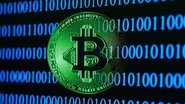
In this episode of TO THE MOON, Max and Stacy look at some of the early adopters of bitcoin and the exchanges, derivatives contracts and pizza sales that erupted in the first days of crypto. On May 22, 2010, some pizzas were bought for 10,000 BTC, thus generating the first known purchase and real exchange value for the new magical internet money. TO THE MOON also takes a look at all the things Satoshi Nakamoto got wrong with bitcoin code, mistakes users still live with today. In 2010, we also saw bitcoin very first obituary, though hundreds more would follow over the years. Max and Stacy discuss the game theory of the bitcoin protocol with Francis Pouliot, nature's law with digital historian Nozomi Hayase, and economic freedom and sovereignty with Hartej Sawhney of Hosho.io. TO THE MOON also travels into the archives of Keiser Report where we find some of the earliest known television reports about bitcoin, including interviews with early adopters, Jon Matonis, and Amir Taaki.
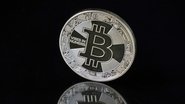
In this episode of TO THE MOON, Max and Stacy remain in 2011, a year when bitcoin was still ‘magical internet money’. In terms of the ‘permissionless’ nature of bitcoin, TO THE MOON flashes back to archival footage of an interview with John Perry Barlow, author of ‘A Declaration of the Independence of Cyberspace’, in which Max asks him “what happened to the internet?”TO THE MOON then talks to Nozomi Hayase about ‘natural law’ and how that governs bitcoin, while Rodolfo Novak notes that Satoshi remained anonymous because it is important for a permissionless system to not have somebody who rules it or who has too much authority over it. The episode then takes us into 2012 when QE3 already began and markets were soaring on freshly printed money and yet central banks started to worry about bitcoin as Tuur Demeester notes from the Keiser Report archives.
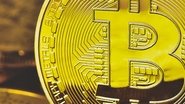
In this episode of TO THE MOON, Max and Stacy look back to March 2013, when the Cyprus bail happened. Max and Stacy talk to Tone Vays about the censorship resistant value transfer without any need for a middleman, but also the first time in history that individuals could hold value that is impossible to confiscate. In the fiat world and its QE3, more and more credit is being poured into the system all seemingly to keep it from collapse. The store of value proposition of bitcoin took hold, and Barry Silbert told Max in the Keiser Report that the three sort of investors who were getting into the cryptocurrency are 1) tech entrepreneurs; 2) family offices taking a piece of their gold allocation and putting it into bitcoin; and 3) Wall Street professionals, portfolio managers, and traders, who are not investing for clients but for themselves. He predicted hedge funds would soon enter the space. Other guests include Jimmy Song, The Vortex, and Rodolfo Novak.

In this episode of TO THE MOON, Max and Stacy look back to the year 2014 when the meme that describes the anti-fragile nature of bitcoin took hold. Giacomo Zucco points out that even if some users want something different, the protocol cannot be changed, no matter how vicious the attack is. The Vortex says that bitcoin thrives on being attacked, it grew up on the internet. In early 2014, Charlie Shrem, a young bitcoin exchange entrepreneur was arrested and became ‘bitcoin's first felon’. The year progressed with the collapse of the largest exchange, MtGox, and then US Marshals auctioning off 29,656 bitcoin seized from Ross Ulbricht of Silk Road to Silicon Valley billionaire venture capitalist Tim Draper.
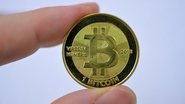
In this episode of TO THE MOON, Max and Stacy arrive in the year 2015 when the notion of ‘blockchain, not bitcoin’ took hold in the media and on the Wall Street. Giacomo Zucco compares this to when Bill Gates wrote in 1995 that the internet would not be important, that what would be important is the ‘information highway,’ and that banks are at the bargaining stage of their Kübler-Ross five stages of grief. Stacy also brings up the fact that banks are members of the Federal Reserve system, a walled garden in which they are entitled to freshly-minted money. China’s capital controls also sees bitcoin prices soar as residents attempt to circumvent the controls. Not to be outdone by the Chinese, New York introduces the BitLicense, which will ultimately drive out business. Guests and archival clips include: Giacomo Zucco, Caitlin Long, Simon Dixon, Saifedean Ammous, Russell Brand, Nozomi Hayase, and Tony Gallippi.

In this episode of TO THE MOON, Max and Stacy take on the year 2016 when the blocksize wars burst onto the scene in January, when a bitcoin core developer, Mike Hearn, rage quits in spectacular fashion. Trace Mayer explains that the blocksize is a security parameter that constrains some of the throughput of the network but it has to do with the consensus rules.

In this episode of TO THE MOON, Max and Stacy rock into the year 2017, the year of the Initial Coin Offering (ICO) in the altcoin market and of the User Activated Soft Fork as a triumphant resolution to the ‘blocksize war’ in bitcoin. The year opened on a crazy altcoin note when $5.6 billion in capital was raised from suckers hoping to get rich quick via an ICO. The phenomenon saw the rise of the normalization of 10x, or 20x, or even 50x returns in a matter of days, as euphoria gripped the market. From archival material, Max talks to Charlie Shrem about the FOMO driving money into these token scams. As ICO hysteria captured the headlines, behind closed doors at the Consensus conference, there was one last-ditch effort by a wealthy group of bitcoiners to double the blocksize to 2mb. Guests and archival footage material include talks with: Charlie Shrem, Stephen Palley, Jameson Lopp, Trace Mayer, The Vortex, Caitlin Long.
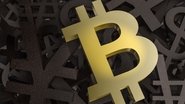
On this episode of TO THE MOON, Max and Stacy look at the year 2018 for bitcoin. While it started with bitcoin prices beginning what would become a massive fall of more than 80 percent, most in the space are still euphoric about high prices, and ‘When Lambo?’ is ruling the memes. Initial Coin Offerings (ICOs) continue to raise billions of dollars from hapless ‘investors.’ Meanwhile, back in the bitcoin space, Lightning Network goes live on mainnet and builders get ‘reckless.’ They explore the new frontiers opened up by second-layer technology on bitcoin. Guests and archival clips include: Amir Taaki, Sinclair Skinner, Caitlin Long, Simon Dixon, Samson Mow, Jameson Lopp, Bill Barhydt, Elizabeth Stark, Sergej Kotliar, Saifedean Ammous, and Trace Mayer.

Max and Stacy have made it TO THE MOON. The year is 2019, and they ask, “will bitcoin wreck bankers or will bankers wreck bitcoin?” Max notes that bitcoin is a system of justice disguised as a get-rich-quick scheme and the Bank for International Settlements is queen of get-rich-quick schemes, just print more money and buy as many Modiglianis as there are available. As bitcoin becomes more and more entrenched, more and more unstoppable, the FUD rises. The latest media FUD against bitcoin is that it is boiling the oceans, to which Francis Pouliot makes the case that bitcoin actually makes energy more liquid which makes energy markets more efficient, so is, in fact, better for the environment. Bitcoin’s journey began during the first days of quantitative easing when QE was supposed to be a temporary experiment to provide liquidity (they said) for the otherwise solvent banks, yet this money printing policy has been made permanent in 2019.



